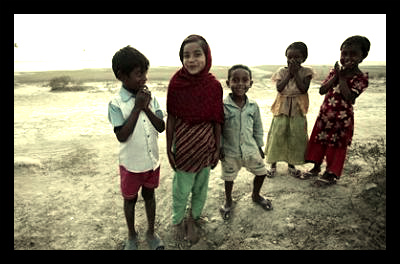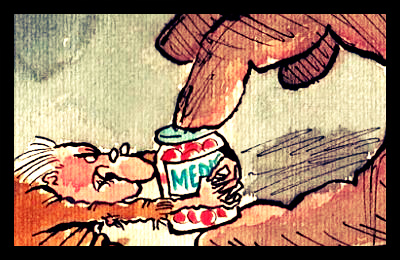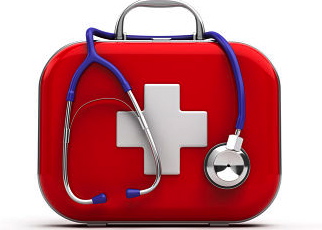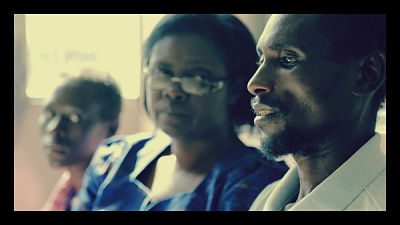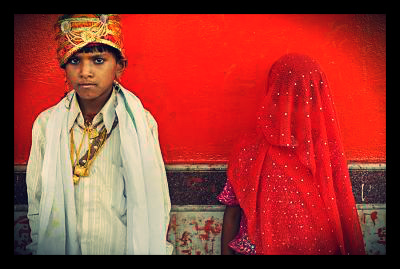
In developing countries many marriages are early or forced and child marriage is wide spread, particularly among girls. While boys do marry before the age of 18, girls are much more significantly affected. A study on child marriage found that in 2003, there were 72 girls married for every one boy in Mali. Despite efforts from the United Nations and various NGOs to end child marriage, one-third of girls still marry before the age of 18 and one in nine marry before the age of 15. Every year, 14 million girls under the age of 18 are married.
Child marriage occurs in poor rural communities and the girl’s parents or other leaders in her village often arrange the marriage. The girls often have no say in when or whom they marry. Child marriage is most prevalent in sub-Saharan Africa and parts of South Asia.
Child Marriage and Poverty
Child marriage is most prevalent in the poorest countries in the world and particularly in the poorest households of these countries. For poor families, child marriage often seems like the best way to get their daughters and the rest of their families out of poverty. When parents marry off their daughter, they often receive a dowry. Even if the families do not receive a dowry, they benefit from having one less person to care for.
Parents believe marriage is a way out of poverty for their daughter, but girls who marry young often remain in poverty and never receive an education.
The International Centre for Research on Women reports poverty is strongly related to the number of child brides. In Bangladesh, Mali and Mozambique, more than 75% of the population lives on less than $2 per day and more than 50% of the girls are married before the age of 18.
The country’s GDP is also related to child marriage. Chad has a GDP of only $1,600 per capita and 71%of its are married before the age of 18. In almost all developing countries girls from poor households are more than twice as likely to marry before the age of 18 than girls in more financially secure households.
Child Marriage and Health
Girls who marry young often get pregnant soon after; however, these girls are often not physically or emotionally mature enough to handle the demands of sexual activity, pregnancy and childbirth. Pregnancy and childbirth are the leading causes of death in girls between the ages of 15 and 19 worldwide. These girls are also at much greater risk of domestic violence and rape and often believe that their husbands have the right to beat them and force them into sex. Lastly, girls who marry young are at a greater risk of contracting HIV.
What Can Be Done?
The Girls Empowerment Network is going into communities where child marriage is prevalent and starting girls clubs that empower girls and finally ask them whether they want to get married. It then helps the girls to advocate for themselves and explain to their parents and the leaders of their communities that they want to go to school rather than get married. One community where the Girls Empowerment Network is working recently initiated a law saying girls may not be married before the age of 21. While this may not work in all communities, it is at least starting to work in some.
– Elizabeth Brown
Sources: Plan, IRCW, Girls Not Brides, NPR, UNFPA
Photo: The Travel Photographer


